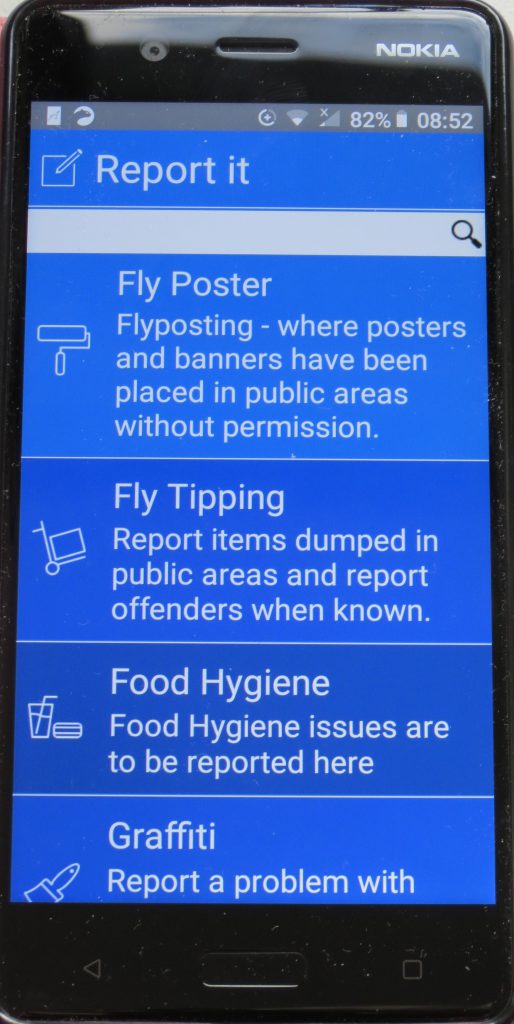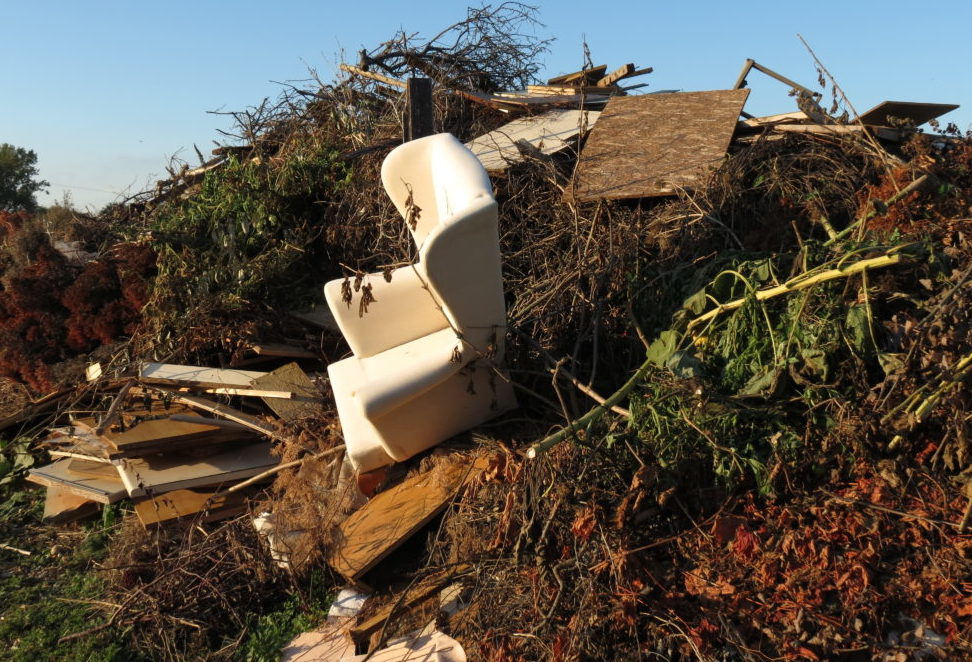Fly-tipping has been in the news recently, with the successful prosecution of a local man over three charges of dumping controlled waste over a six-year period.
Sadly, this episode of fly-tipping is not an isolated case. The most recent full report from the Department for Rural Affairs (DEFRA) revealed that as of 2016/17 there were 1,002,154 incidences of fly-tipping in England.
The issue is one of frequent debate by the government in general and local authorities particularly. The key messages in the Local Government Association briefing debate on reducing fly-tipping, which was held at the House of Commons in April 2018 confirmed that “incidences of fly-tipping have been rising steadily across the country since 2013.
With the costs for clearing fly-tipped rubbish revealed to be around £58 million, the debate briefing acknowledged that such money “could be spent on other services, such as caring for the elderly, protecting children or tackling homelessness. This is unacceptable at a time when town hall budgets are under severe pressure.”
Unacceptable behaviour prompts action
Since 2016, local councils in England have been empowered to take action – with fixed penalty notices (FPNs) for fly-tipping, as well as other antisocial behaviours. Since local councils gained these powers, FPNs have become the second most common enforcement action (after investigations), with 474,000 enforcement actions in 2016/17, costing around £16 million (LGA Briefing Report).
Conviction penalties for fly-tipping include unlimited fines and up to five years in prison. Fixed penalty notices for small-scale fly-tipping come with a £120 minimum and £400 maximum fine – although this can be a significantly lower cost for the fly-tipper than has to be paid out by the council or landowner who actually ends up clearing away the waste.
Because it’s not just the rubbish but also the costs which are frequently picked up by someone other than the perpetrator; by councils from public spaces or, when fly-tipping occurs on private land, the cost for clearance instead becomes the responsibility of the landowner. The Country and Land Business Association (CLA) reports costs of between £100, and £150m for removing rubbish fly-tipped onto members’ land.
Both urban and rural areas are at risk. Locally, the rural areas surrounding Rye are at particular risk, as hedgerows, verges, woodlands and even local nature reserves are seen as easy targets for fly-tippers – as the photo above shows – being an area of Winchelsea Beach which is just alongside the local nature reserve.
With any fly-tipping incident, the balance quickly tips into an ongoing problem as soon as a few items are dumped and not cleared quickly; the area is seen to be a ‘dumping ground’ to which others then add.
Fly-tipping tip off
Whilst security systems such as CCTV are often advocated as a deterrent against fly-tipping, in more rural areas installing CCTV is not always practical, possible or even helpful. Instead, it’s local community surveillance which really plays a role in helping to bring fly-tippers to account. In the Rother area, there are several ways to do this:
Direct reporting to Rother District Council via the Fix My Street website: The Fix My Street website includes an interactive map which can be adjusted to allow a general or more local area. This map shows existing, reported problems, making it possible to check whether the council is already aware of the issue. If it appears not to be, there’s a button for reporting the issue. It’s also possible to upload a photo to demonstrate the extent of the problem.
The Fix My Street facility is also useful for informing the council about other community issues, such as potholes,damaged rubbish bins, graffiti, dog fouling, broken street lamps, loose paving slabs, illegal parking and dead wildlife.
Reporting via Crimestoppers: As well as making the local council aware, Crimestoppers can also be used for anonymous reporting of large-scale fly-tipping and the dumping of hazardous materials.
Reporting direct to Rother: The fly-tipping information page on the Rother District Council website requests that members of the community email customerservices@rother.gov.uk and include a photo of the problem.
Using the My Council Services UK app, from iTouchVision: Rother District Council is signed up to the latest free innovation, the My Council Services UK app. This app works a little like the Fix My Street website, making it easy to report problems to the local council using a mobile device such as phone, tablet or iPad.
 It takes a little while to set up initially – you’d want to do this at leisure at home rather than out and about when you’ve spotted some fly-tipping – but taking the time over the initial set up means that any incidences can be reported quickly and conveniently when needed. The app itself has many wider applications than ‘just’ the reporting of fly-tipping – an A-Z list from abandoned vehicles and anti-social behaviour to street lights.
It takes a little while to set up initially – you’d want to do this at leisure at home rather than out and about when you’ve spotted some fly-tipping – but taking the time over the initial set up means that any incidences can be reported quickly and conveniently when needed. The app itself has many wider applications than ‘just’ the reporting of fly-tipping – an A-Z list from abandoned vehicles and anti-social behaviour to street lights.
If you don’t want to register and pass on your details, it is possible to download the app and submit reports anonymously, but registering can be worthwhile as it offers easy access to notifications and other council services, such as blue badge and planning applications.
Building the evidence, not the statistics
Whilst all these reporting facilities include slightly different approaches, what they all have in common is the fact that they all state that adding a photo can be as valuable as the report itself.
Most of the online reporting methods make it easy to upload a photo as part of the reporting process and this is encouraged not only so councils can quickly see the extent of the problem, but also because it’s easy to then see if the situation in a particular location is worsening, to help action to be taken before the pile up.
Any type of fly-tipping could be easily photographed and reported. However, as a word of caution, if you spot the perpetrators in action and are able to include a photo of the vehicle being used, and its number plate, then that is also extremely useful. However, no one should put themselves at risk by doing so.
Local impact
The increasing use of mobile technology, as well as the local community’s resolve and responsibility for protecting the local environment from fly-tipping means, in theory, that we should be well placed to tackle and reduce local fly-tipping significantly.
The next round of DEFRA statistics for 2017/2018 will be released in an upcoming report on the November 15 and Rye News will report back to share the latest information on the current impact of fly-tipping in our local area.
Image Credits: Katherine Crowther With permission, all rights reserved .



